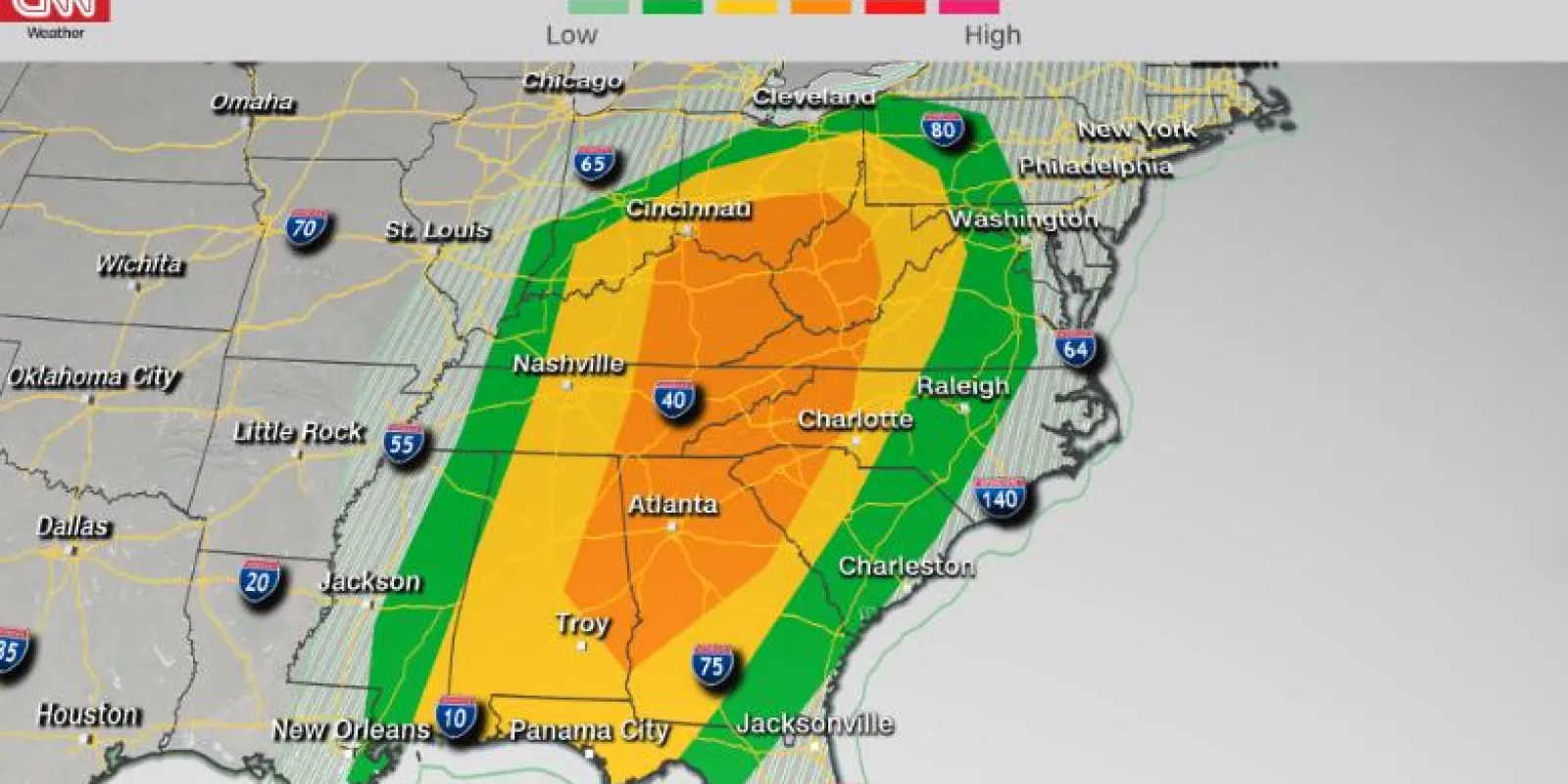

Sunday, April 14th 2019
With the immediate threat of severe weather from the South moving into the Eastern states this weekend, it's time to start reiterating tornado shelter plans with your employees and families. We know the effectiveness of implementing and communicating emergency preparedness plans in our offices and at home: but do you have a plan if you are caught in severe weather, in your vehicle? Your first instincts to seek shelter on the road may put you at higher risk. Below are the high-level points to keep in mind if you encounter sever weather in your vehicle.
If the tornado is far enough away...
If you can see the tornado in the distance, NOAA recommends changing course, and driving toward a sturdy shelter as soon as you are able.
Truck stops, convenience stores and restaurants are generally convenient and safer options than staying in your vehicle or trying to outrun the tornado.
It is possible to try to get out of the tornado's path; you may be able to stop and allow the tornado to pass, depending on where it is and how you're positioned. If you can see the tornado in the distance and can determine its movement, drive at a right angle to the movement. If the tornado is heading East - drive to the South.
If the tornado threat is immediate...
If you are stuck in heavy traffic and there's nowhere for you to go, it's time to duck and cover in a ditch or low spot. In that case, NOAA recommends getting as far away from your vehicle as possible.
If the tornado is imminent and you are forced to stay in your car, the NWS recommends keeping your seat belt on and making sure your head is covered. Duck below your windshield and windows to protect your head from glass and flying debris. Use a jacket, blanket, backpack or whatever resources you have in your vehicle to cover and protect your head.
Highway overpasses are NOT tornado shelters, and these should be avoided.
It's understandable that motorists would feel safest under a sturdy structure like an overpass, but winds are actually higher in these openings, creating a tunnel that channels dangerous debris and can actually put you at higher risk of injury.
You can read the full article here and find more seasonal weather safety information from The Weather Channel at weather.com.